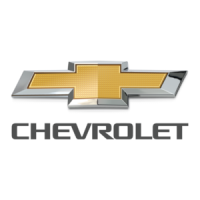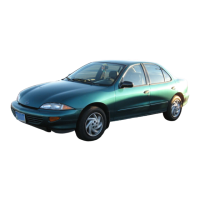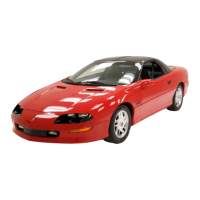
 Loading...
Loading...
Do you have a question about the Chevrolet 1999 Lumina and is the answer not in the manual?
| Brand | Chevrolet |
|---|---|
| Model | 1999 Lumina |
| Category | Automobile |
| Language | English |
Guidance on proper safety belt usage and important precautions.
Explanation of the vehicle's air bag system and its operation.
General information on the need for child protection in vehicles.
Information on the ignition and door keys, and their functions.
Instructions for starting the vehicle's V6 engine.
Explanation of how to operate the automatic transaxle.
Details on operating heating, cooling, and ventilation systems.
Introduction to the vehicle's audio system.
Instructions for inserting and playing compact discs.
Essential advice for safe driving practices and hazard anticipation.
Discussion on the dangers and effects of alcohol on driving ability.
Details on braking action, perception time, and reaction time.
Describes the three types of skids and how to avoid them.
Safely starting a vehicle with a dead battery using jumper cables.
Instructions and safety precautions for towing the vehicle.
Information on engine overheating and protective operating modes.
Recommendations for gasoline octane and quality.
Information on checking engine oil level and the Oil Life Monitor.
Information on vehicle tires, including warranty and quality grading.
Details the maintenance services required and recommended schedules.
Services owners can perform to maintain vehicle safety and performance.
Inspections recommended by dealers or qualified service centers.
Steps to follow if concerns are not resolved by the dealership.
Information on the free roadside assistance program and its services.
How to report vehicle safety defects to NHTSA.
Information related to vehicle safety belts.
Comprehensive guide to safe trailer towing practices.
Information on engine overheating and protective operating modes.











